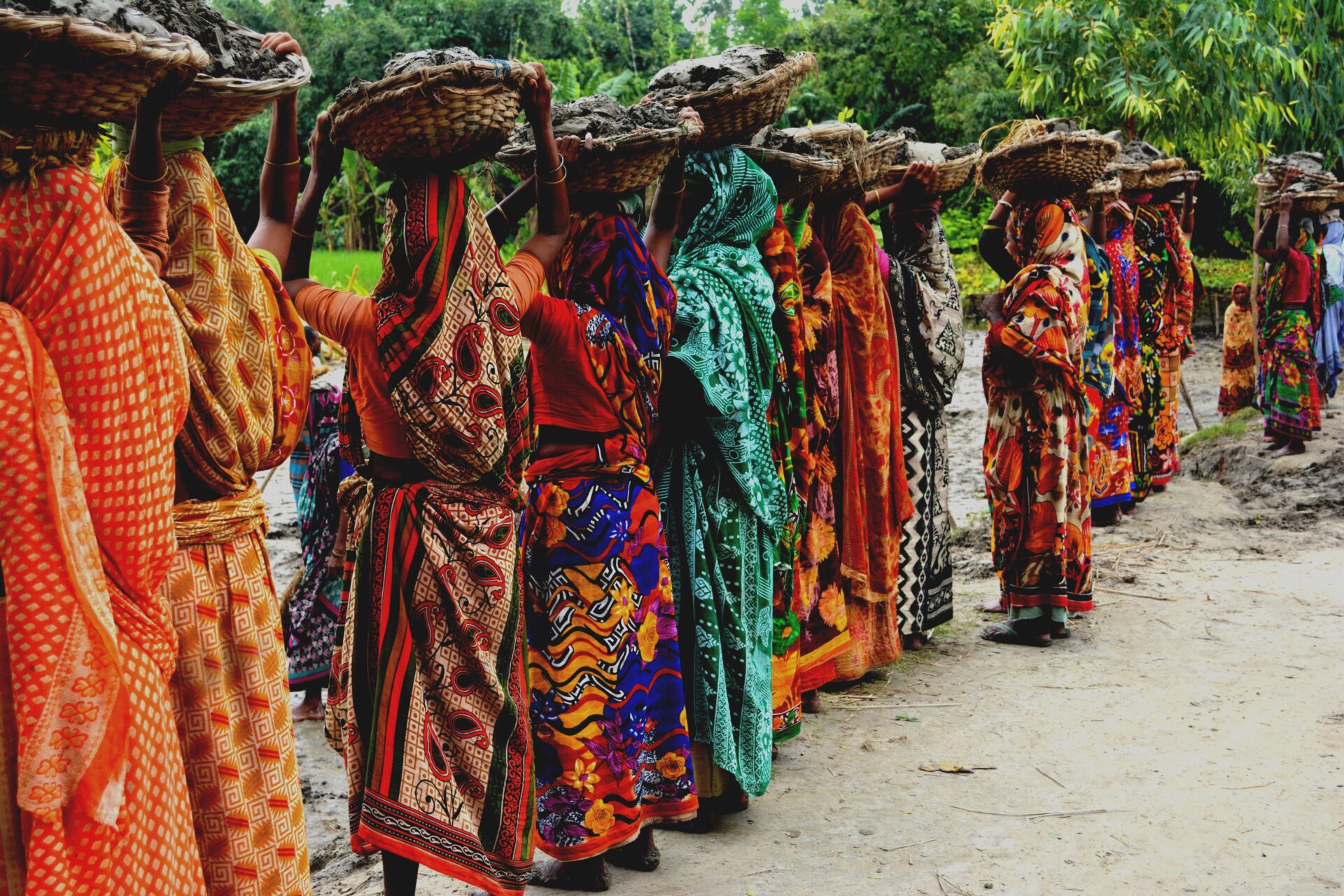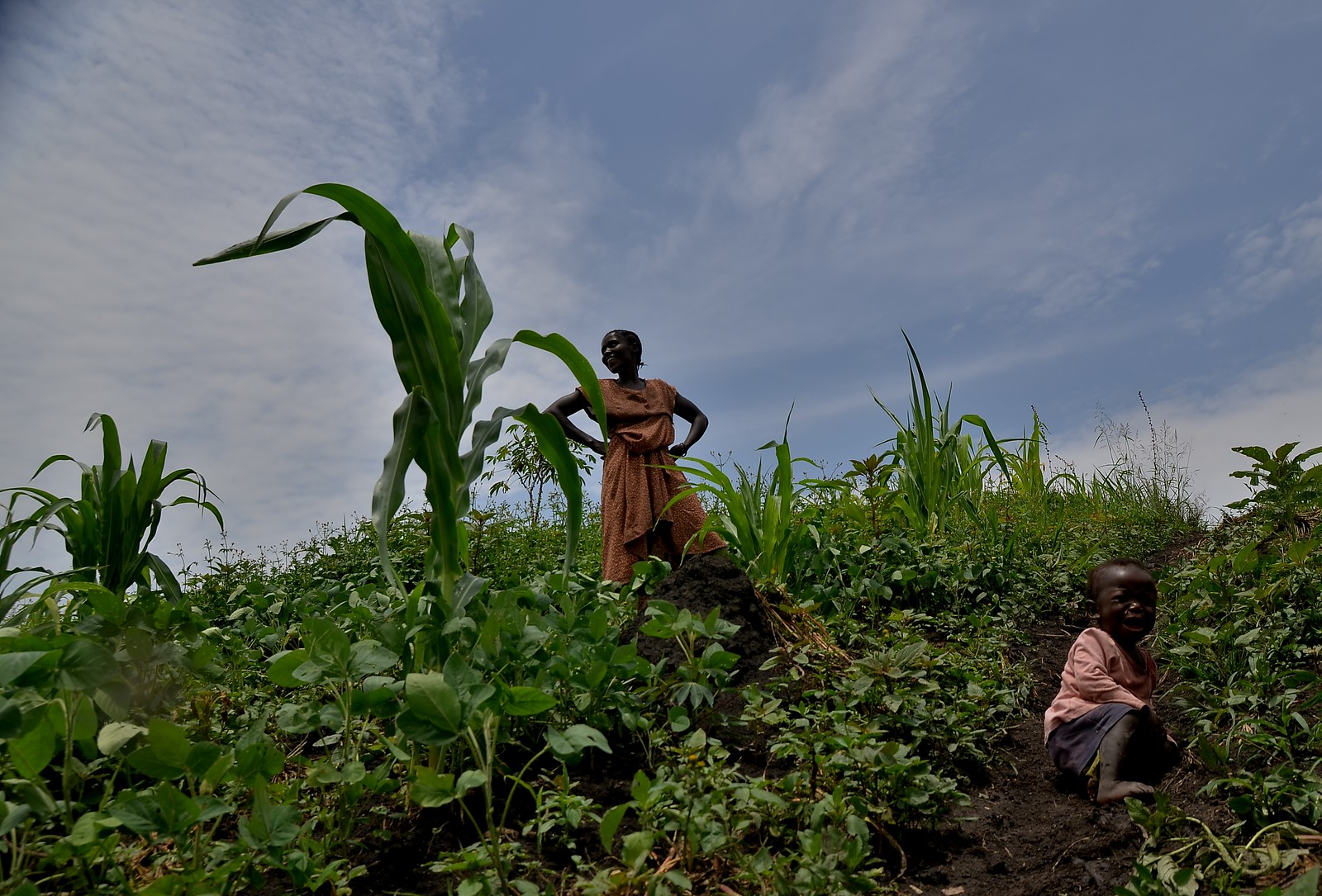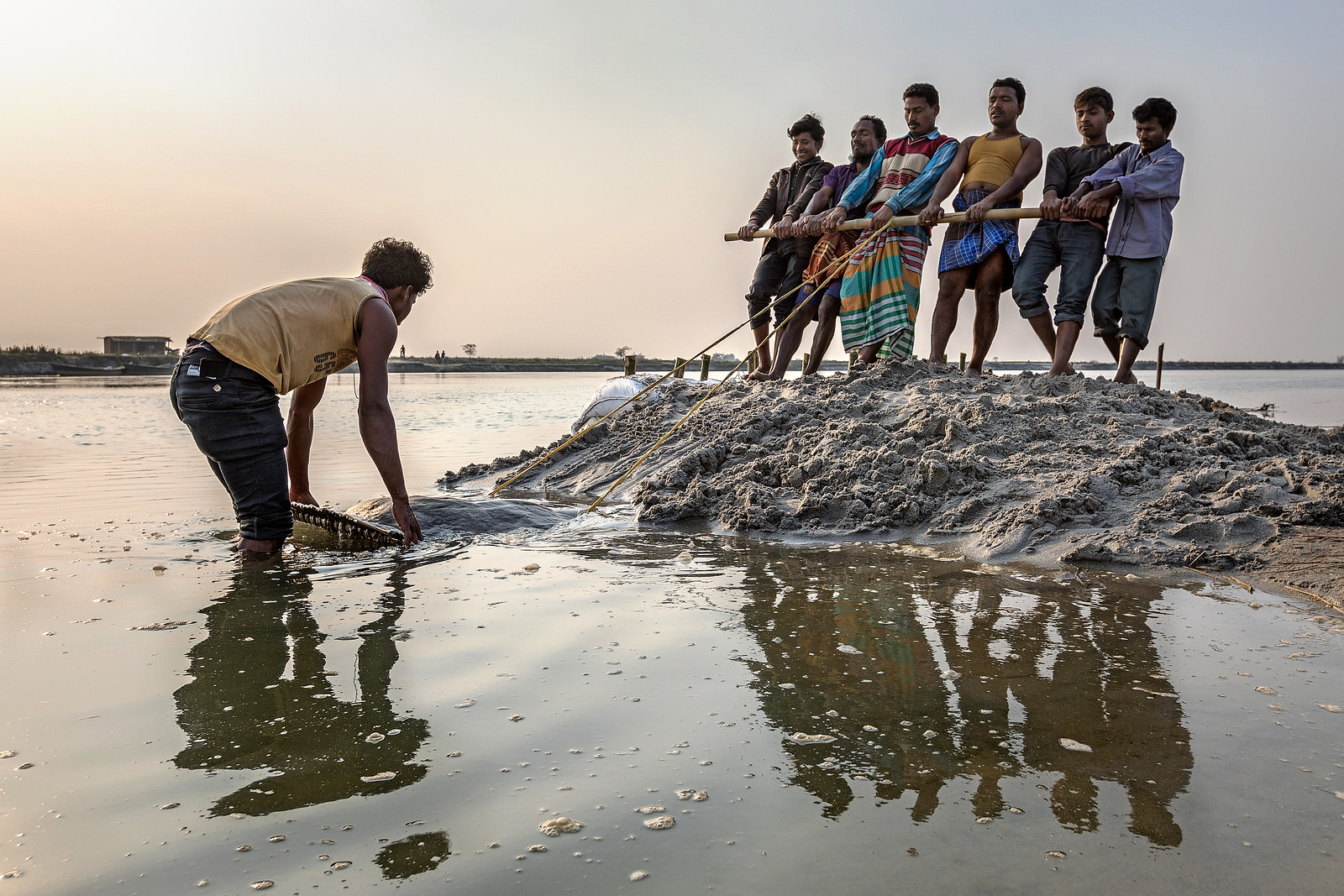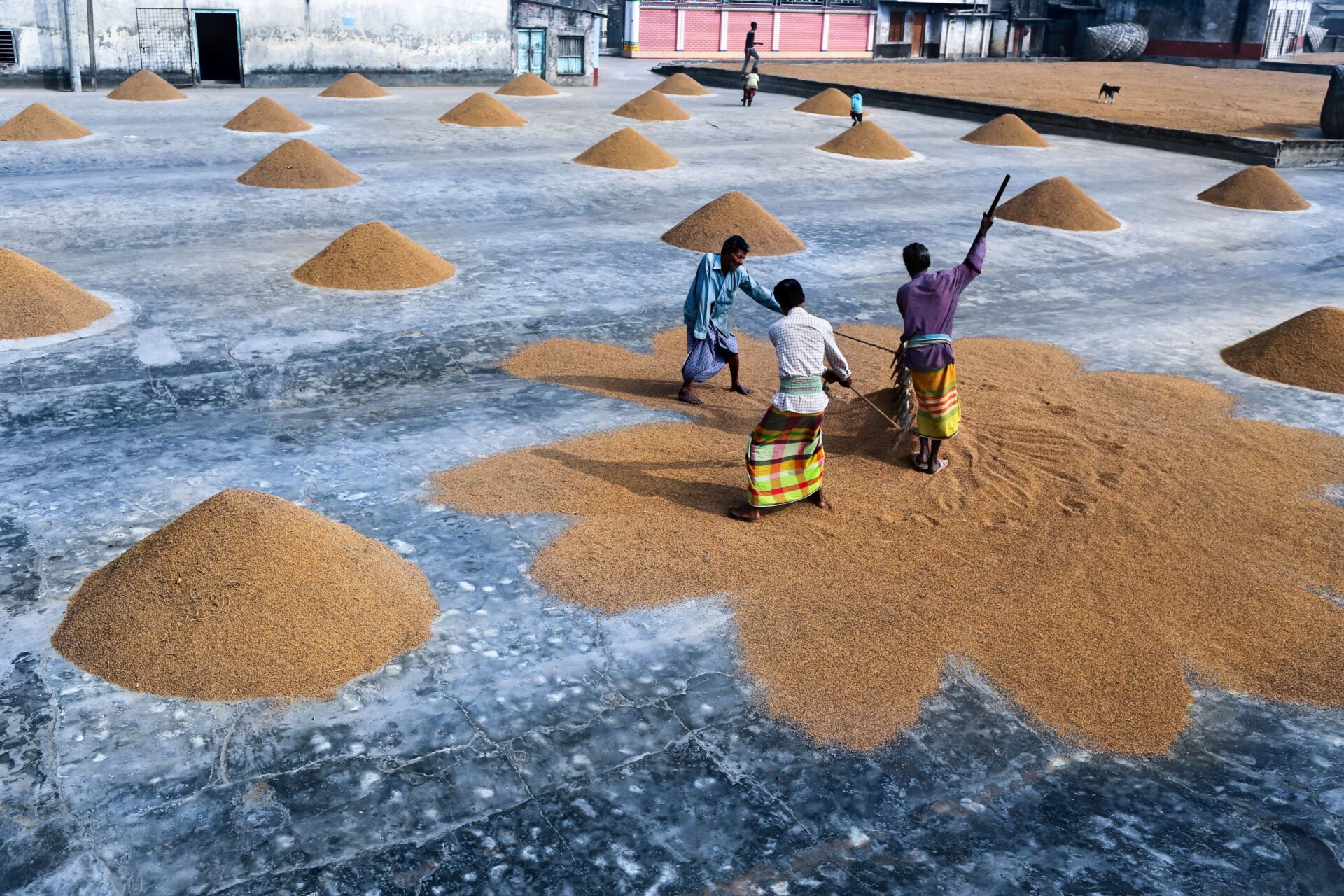
Aid Delivers 2021
How Foreign Assistance Works
How Does U.S. Foreign Assistance Work?
U.S. foreign assistance programs have been in place since the end of World War II, but much of the foreign assistance structures and processes we see today were built over time to respond to changing global needs, trends, and politics. Each year, the size, composition, and purpose of foreign assistance programs shift and are reconsidered by Congress and the administration.
U.S. foreign assistance programs are funded by several different appropriations bills, implemented by several different agencies, and are overseen by multiple Congressional committees. The changing functionality and oversight of U.S. foreign assistance programs can make programs difficult to navigate and understand. The below resources are designed to give brief overviews of key aspects of the U.S. foreign assistance process.
Click the below links to jump to a section.
- Primary U.S. Foreign Assistance Agencies
- The Congressional Committee Map
- How U.S. Foreign Assistance is Funded
- U.S. Government Funding Process
- Who is at the Table Globally?
Primary U.S. Foreign Assistance Agencies
Several U.S. government agencies play critical roles in U.S. foreign assistance, reflecting the multifaceted impact and investment of U.S. international and development programs.
Guided by the U.S. Agency for International Development (USAID) and the Department of State (DoS) strategic direction, each agency contributes its expertise to the spectrum of international development and humanitarian programs to ensure U.S. foreign assistance is effective and efficient.
U.S. foreign assistance works across many agencies—from the Centers for Disease Control to the Department of Defense (DoD) to the U.S. Department of Agriculture—to implement America’s foreign assistance goals. This allows the U.S. to address the full spectrum of development and humanitarian needs.
U.S. Agency for International Development
- USAID’s mission promotes democratic values abroad and advances a free, peaceful, and prosperous world.
- In-country missions manage partnerships with organizations and act as de facto diplomats for democracy abroad.
U.S. Department of State
- The Office of U.S. Foreign Assistance Resources (F), established in 2006, leads U.S. foreign assistance coordination.
- F advances U.S. national interest and development objectives by coordinating policy, planning, and performance management efforts; promoting evidence-informed decision making; and providing strategic direction for the DoS and USAID foreign assistance resources.
U.S. Department of Treasury
- The Department of Treasury supports global development progress and U.S. national security and economic interests overseas by promoting strong financial sector stability and governance in developing countries.
- Through the Treasury, the U.S. also exercises leadership in international financial institutions such as the World Bank and other regional development banks.
U.S. Development Finance Corporation
- The U.S. International Development Finance Corporation (DFC) is America’s development bank. DFC partners with the private sector to finance solutions to the most critical challenges facing the developing world today. They invest across sectors, including energy, healthcare, critical infrastructure, and technology.
- Created by the 2018 BUILD Act, the U.S. DFC consolidated the Development Credit Authority (DCA) from USAID and the Overseas Private Investment Corporation (OPIC).
Millennium Challenge Corporation
- The Millennium Challenge Corporation (MCC) provides time-limited grants to allow partner governments to refine and implement their own development solutions in alignment with the new Sustainable Development Goals (SDGs).
- MCC works to funds programs so countries can cement good policies and governmental reach.
Other Agencies Involved in Foreign Assistance
- Centers for Disease Control and Prevention
- National Institutes of Health
- U.S. Department of Defense
- U.S. Department of Agriculture
- U.S. Trade and Development Agency
- U.S. Department of Commerce
- U.S. Department of Labor
The Congressional Committee Map
Key Congressional Committees engaged in U.S. Foreign Assistance
Several congressional committees have oversight over U.S. foreign assistance, some with overarching jurisdiction and some with program-specific jurisdiction. Congress also established dozens of member caucuses to develop policy or raise awareness on specific issues, including the Effective Foreign Assistance Caucus, the Hunger Caucus, the International Basic Education Caucus, the Tuberculosis Elimination Caucus, and the International Water and Sanitation Caucus, as well as several regional and country-specific caucuses.
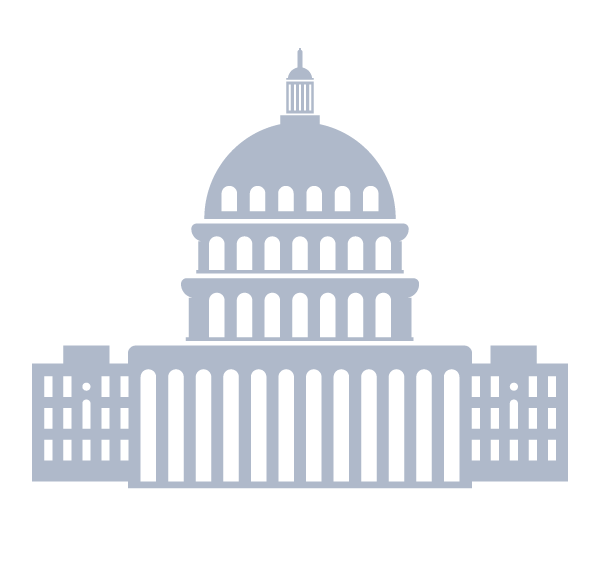
Senate Committee on Appropriations
The Senate Appropriations Committee and its 12 subcommittees are responsible for legislation that makes funding available to government agencies, departments, and associated entities. Total funding can be limited by statute or by the budget resolution passed by the Senate Committee on the Budget. In developing funding legislation for the upcoming fiscal year, each subcommittee reviews the President’s budget request, hears testimony from officials, and meets with relevant stakeholders.
Key Subcommittee: State, Foreign Operations, and Related Programs (SFOPs)—SFOPs has jurisdiction over agencies relating to DoS and other foreign policy spending initiatives. These include the Department of State (DoS); the U.S. Agency for International Development (USAID); peacekeeping operations; climate; poverty-focused development and humanitarian assistance accounts; and global health programs. The appropriations subcommittees on Agriculture and Labor, Health, and Human Services also have jurisdiction over some foreign assistance funding.
Senate Committee on the Budget
The Budget Committee, created by the Congressional Budget and Impoundment Control Act of 1974, is responsible for drafting plans for Congress and monitoring and enforcing rules surrounding spending, revenue, and the federal budget. The committee’s principal responsibility is to develop a budget resolution to serve as the framework for congressional action on spending and revenue. The committee is also responsible for debt-limit legislation and reconciliation.
Senate Committee on Foreign Relations
The Senate Committee on Foreign Relations and its seven subcommittees are responsible for developing and influencing U.S. foreign policy. The committee holds jurisdiction over treaties, diplomatic nominations, and other foreign policy legislation, shaping U.S. foreign policy. Specifically, the committee is responsible for overseeing (but not administering) foreign aid programs and arms sales; training for national allies and multilateral banks; and reviewing matters relating to U.S. national security policy, foreign policy, and international economic policy.
Subcommittees:
- Near East, South Asia, Central Asia, and Counterterrorism
- Europe and Regional Security Cooperation
- Western Hemisphere, Transnational Crime, Civilian Security, Democracy, Human Rights, and Global Women’s Issues
- Africa and Global Health Policy
- East Asia, the Pacific, and International Cybersecurity Policy
- Multilateral International Development, Multilateral Institutions, and International Economic Energy and Environmental Policy
- State Department and USAID Management, International Operations, and Bilateral International Development
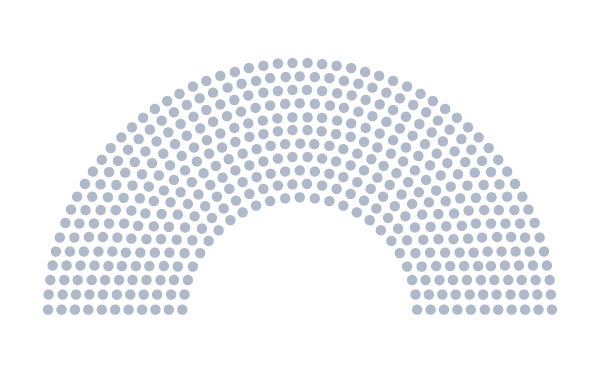
House Committee on Appropriations
The House Appropriations Committee and its 12 subcommittees are responsible for legislation that makes funding available to government agencies, departments, and associated entities. Total funding can be limited by statute or by the budget resolution passed by the House Committee on the Budget. In developing funding legislation for the upcoming fiscal year, each subcommittee reviews the President’s budget request, hears testimony from officials, and meets with relevant stakeholders. Key Subcommittee: State, Foreign Operations, and Related Programs (SFOPs)—SFOPs has jurisdiction over agencies relating to DoS and other foreign policy spending initiatives. These include DoS; USAID; peacekeeping operations; climate; poverty-focused development and humanitarian assistance accounts; and global health programs. The Agriculture and Labor and Health and Human Services Subcommittees also have jurisdiction over some foreign assistance funding.
House Committee on the Budget
The Budget Committee, created by the Congressional Budget and Impoundment Control Act of 1974, is responsible for drafting plans for Congress and monitoring and enforcing rules surrounding spending, revenue, and the federal budget. The committee’s principal responsibility is to develop a budget resolution to serve as the framework for congressional action on spending and revenue. The committee is also responsible for debt-limit legislation and reconciliation.
House Foreign Affairs Committee
The House Foreign Affairs Committee and its six subcommittees are responsible for developing and influencing U.S. foreign policy. The committee holds jurisdiction over foreign policy legislation. Specifically, the committee is responsible for overseeing (but not administering) foreign aid programs and arms sales; training for national allies and multilateral banks; and reviewing matters relating to U.S. national security policy, foreign policy, and international economic policy.
Subcommittees:
- Africa, Global Health, Global Human Rights, and International Organizations
- Asia, the Pacific, and Nonproliferation
- Europe, Eurasia, Energy, and the Environment
- Middle East, North Africa, and International Terrorism
- Western Hemisphere, Civilian Security, and Trade
- Oversight and Investigations
How is U.S. Foreign Assistance Funded?
Legislative Authority
The authority for funding foreign assistance comes from the Foreign Assistance Act of 1961, which “promote[s] the foreign policy, security, and general welfare of the United States by assisting peoples of the world in their efforts toward economic development and internal and external security, and for other purposes.” The Foreign Assistance Act has been amended multiple times since its initial passage but never fully reauthorized.
U.S. Government Budget Overview
The government goes through the budget process annually to determine discretionary spending levels. The latest spending levels show that the State, Foreign Operations, and Related Programs Bill, which funds most humanitarian and development accounts, represents approximately 1% of the entire budget.
How U.S. funding is delivered to programs
Guided by directives from Congress, government agencies set policy and implement programs. In State and Foreign Operations Bills (SFOPs), most of these agencies make contracts and provide grants to deliver funding to people and communities on the ground through implementing partners, such as non-governmental organizations in the InterAction community.
International Development
- The primary development accounts are Development Assistance and the Economic Support Fund. These accounts fund programs in food security and agricultural development; democracy and governance; climate and environmental programs; water and sanitation; and basic education worldwide.
Humanitarian Assistance
- The U.S. government provides humanitarian assistance primarily through three accounts: International Disaster Assistance, Migration and Refugee Assistance, and Emergency Refugee and Migration Assistance.
International Organizations
- The International Organizations and Programs account provides voluntary contributions to international organizations that advance U.S. strategic goals across a broad spectrum of critical development, humanitarian, and scientific activities. The Contribution to International Organizations account funds the assessed contributions to the United Nations. The U.S. Government also supports U.N. peacekeeping activities and operations and contributes to multilateral development banks and specialized trust funds.
Global Health
- The U.S. provides global health funding for maternal and child health, nutrition, family planning, vaccines, and prevention and treatment for HIV, malaria, and tuberculosis.
U.S. Government Funding Process
The Executive Branch
- The budget development process can begin more than three years in advance of the enactment of the relevant appropriations bill.
- Each year, the Office of Management and Budget (OMB) provides general guidance to inform the development of each agency’s budget justification. Agencies develop their budget justification based on overarching OMB guidance, ongoing agency activities, and new proposals.
- Agencies work collaboratively with OMB to finalize their budget justifications for the upcoming fiscal year prior to submitting to Congress.
- OMB publishes the President’s Budget Request, which includes high-level information on all government agencies, along with tax and spending projections, while agencies publish detailed requests for Congress.
The Legislative Branch
Congress appropriates funding through 12 appropriations bills each fiscal year.
Appropriations Authority
- Appropriations subcommittees produce 12 appropriations bills that fund the operations and programs of the U.S. government.
- Currently, foreign assistance funding comes from three different appropriations bills: The SFOP; the Agriculture Appropriations Bill; and the Labor, Health, and Human Services Bill.
The Congressional Budget Process
- The Congressional Appropriations Process begins after the President submits their budget to Congress on the first Monday in February. Congress then holds hearings on agency budget requests and other topics of interest.
- The federal fiscal year begins on October 1. Ideally, all 12 appropriations bills will have been enacted and can be implemented at that time. However, the government has been unable to enact appropriations bills on time and had to rely on continuing resolutions (C.R.), which continue the terms and conditions of the current bill. Sometimes, C.R.s run into February or March of the year for which they are appropriating funds.
- After enactment, the Foreign Assistance Act and the SFOPs bill require the Department of State and the U.S. Agency for International Development to develop and submit certain plans and notifications to Congress for some programs and countries.
- The agencies present plans and notifications to Congress.
- Upon completion, funds then undergo procurement and grant processes that identify ways for the agencies to disburse and spend money.
- This entire process, from enactment to spending, can take more than two years.
- Growing need. U.S. foreign assistance resources have not kept pace with the growing global need.
- The uncertain process. The long and complex funding processes prevent beneficiaries from obtaining the best development and humanitarian assistance available.
- The threat of rescissions. The threat of rescissions for humanitarian and development funds limits or reduces the scale and scope of beneficiaries that depend on the U.S.’ assistance to survive.
Who is at the Table Globally?
The U.S. government is just one of many actors combating global poverty and contributing to international development and humanitarian successes.
Other key partners and actors, from other countries to the United Nations (U.N.), to foundations, to private investments, to U.S.-based non-governmental organizations (NGOs), administer international development and humanitarian assistance programs. U.S. government investments often act as a catalyst for additional investment and help to guide global priorities.
Country ownership is routinely highlighted as a key principle of good development practice. Country ownership is the full and effective participation of a country’s population through legislative bodies, civil society, private sector, and local, regional, and national governments to conceptualize, implement, monitor, and evaluate development policies, programs, and processes. This allows for better targeting of resources, strengthened accountability among the various stakeholders, and increased sustainability and success. By empowering and supporting governments and citizens to plan, finance, and implement solutions to solve their own development challenges, NGOs, partnering agencies, etc., help countries on the path to becoming self-reliant.
Civil society organizations (CSOs) are the third sector of society, alongside government and business. They comprise community groups, the press, NGOs, labor unions, indigenous groups, faith-based organizations, professional associations, and organizations that work in citizens’ interests. CSOs play a vital role in enabling people to claim their rights, promoting rights-based approaches, shaping development policies and partnerships, and overseeing their implementation, operating as a valuable check for government and business through partnership and engagement.
The U.S. is not the only country that invests in international development programs. In fact, according to an Organization for Economic Co-operation and Development’s (OECD) report, in 2019 alone, the 30 countries of the Development Assistance Committee (DAC) contributed a total of $152.8 billion in official development assistance to developing countries. The United States, Germany, the United Kingdom, Japan, and France gave the largest dollar amounts. In comparison, Luxembourg, Norway, Sweden, and Denmark’s contributions represented the largest percentage of their gross national income.
Outside of the OECD, China is another key development player. China has long contributed to international development through foreign assistance mechanisms but they often take a more opaque and complicated approach to assistance that is primarily intended for commercial access and market expansion. This complexity and lack of transparency makes it difficult for recipient countries to navigate. In 2018, China announced the creation of the China International Development Cooperation Agency (CIDCA), which centralized and expanded China’s international development efforts.
In recent years, engagement with the international private sector has emerged as a key complement to other sources of development assistance to help accelerate economic growth and achieve greater impact and scale. Recognizing that developing economies represent many of the fastest-growing markets, customer bases, and workforces, a growing number of private sector actors—including U.S. and global corporations, local businesses based in developing countries, financial institutions, impact investors, and entrepreneurs—are proactively seeking opportunities to drive growth and profitability while delivering impact in the communities and countries where they operate.
Each private sector actor engages in development differently. Some are involved in advancing the development agenda through their bottom line, and others via corporate social responsibility. The U.S. Development Finance Corporation (DFC) partners with the private sector to finance solutions to the most critical challenges facing the developing world today. They invest across sectors including energy, healthcare, critical infrastructure, and technology and support and promote U.S. private sector engagement in development.
Private foundations also play a vital role in international development programs as key funders for program implementation and international advocacy. Private foundations play an increasingly prominent role in the scale of their giving and in their ability to set the agenda for international development. Examples of some of the largest U.S. private foundations working to support development include The Bill & Melinda Gates Foundation, Open Society Foundations, Ford Foundation, William and Flora Hewlett Foundation, and United Nations Foundation, among others.
U.S.-based international NGOs play a critical role in implementing development and humanitarian programs, shaping international development policy, and serving as a connector for the American people.
The roots of modern multilateral organizations go back to the creation of the U.N. in 1945, after World War II. The immediate postwar years witnessed the creation of a system of multilateral financial institutions to rebuild the global economic order devastated by the Great Depression and World War II. These institutions include the World Bank Group, the International Monetary Fund, and the World Trade Organization. The Cold War years brought about the formation of multiple regional development banks—the African, Asian, and Inter-American Development Banks—to provide specialized lending and technical assistance.
Today, multilateral organizations have evolved to work on every continent and in every sector. There are dozens of multilateral organizations, each with its own size and scope and created to tackle a specific set of international issues, for example GAVI, the Vaccine Alliance and the Global Fund to Fight AIDS, Tuberculosis and Malaria. Multilateral organizations are essential elements of global development and humanitarian response. Multilateral organizations play a vital role in the social and economic programs of developing and transitioning countries.
The United Nations System
The U.N. is a primary actor in nearly all development and humanitarian spaces. It mobilizes member states and the broader international community to combat global poverty and conflict and promote human rights collectively. The system is made up of the U.N. and dozens of affiliated programs, funds, and specialized agencies, each with its own membership, leadership, and budget. The U.N. works across the globe to maintain international peace and security, protect human rights, deliver humanitarian aid, promote sustainable development, and uphold international law. Since 2015, the U.N.’s programming and investments have been driven by the Sustainable Development Goals (SDGs), a 15-year plan divided into 17 different goals that provide a shared blueprint on how to tackle development challenges. The SDGs currently guide international development investments and track progress and effectiveness through an intersectional set of indicators.
International Monetary Fund (IMF)
The IMF comprises 189 countries and works to foster global monetary cooperation, secure financial stability, facilitate international trade, promote high employment and sustainable economic growth, and reduce poverty around the world. The IMF’s primary purpose is to ensure the stability of the international monetary system.
World Bank
The World Bank fights poverty through grants, loans, and technical assistance provided to low- and middle-income countries. Governed by 189 member countries, the Bank is one of the world’s largest sources of funding and knowledge for developing countries. Its five institutions share a commitment to reducing poverty, increasing shared prosperity, and promoting sustainable development.
